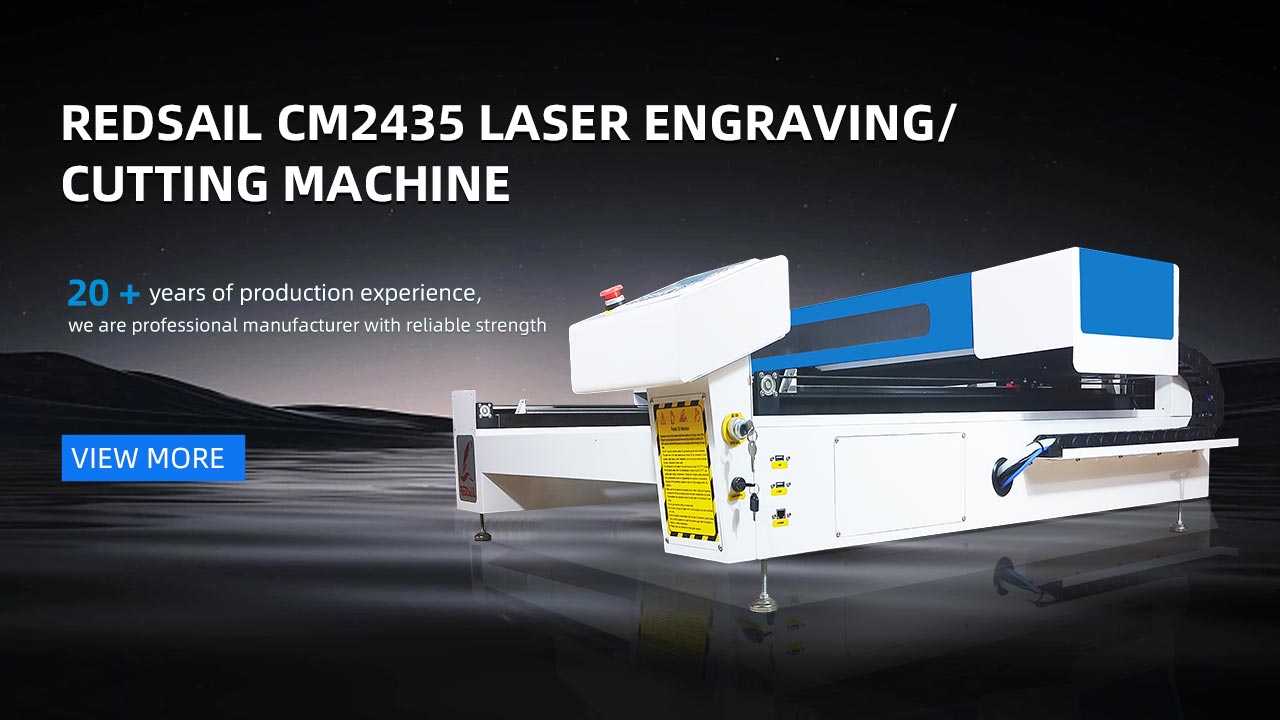Are Laser-Cut Acrylic Panels the Future of Cutting-Edge Design?
Introduction
Cutting-edge design is constantly evolving, driven by technological advancements and innovative materials. One such material that has gained significant attention in recent years is laser-cut acrylic panels. These panels have revolutionized the design industry by offering a versatile and visually stunning medium for creating intricate and personalized designs. In this article, we will explore the various aspects of laser-cut acrylic panels and delve into why they could be considered the future of cutting-edge design.
Advantages of Laser-Cut Acrylic Panels
Laser-cut acrylic panels bring a range of advantages to the world of design:
1. Precision and Intricacy
The main advantage of laser-cut acrylic panels is their ability to achieve unmatched precision and intricacy in design. Laser cutting technology allows for the creation of highly detailed and accurate cuts, enabling designers to incorporate intricate patterns or shapes. This level of precision is unparalleled when compared to traditional cutting methods.
2. Versatility
Acrylic panels can be easily manipulated to suit various design needs. They are available in various thicknesses, sizes, and colors, allowing designers to choose the most suitable options for their projects. Additionally, laser cutting provides the freedom to create customizable designs, making it a versatile solution for architects, interior designers, and graphic artists.
3. Aesthetic Appeal
Laser-cut acrylic panels offer a modern and sleek aesthetic that adds a touch of elegance and sophistication to any design. The clean edges and smooth finishes achieved through laser cutting technology enhance the overall visual appeal of the panels. Whether used as wall art, signage, or decorative fixtures, acrylic panels add a contemporary and artistic element to any space.
4. Durability
Acrylic panels are known for their durability and resilience. They are resistant to impact, weathering, and fading, which makes them suitable for both indoor and outdoor applications. Unlike other materials, acrylic panels do not yellow or lose their transparency over time, ensuring longevity and maintaining the original design aesthetics.
5. Cost-Effectiveness
Laser-cut acrylic panels offer a cost-effective solution for designers. The use of laser cutting technology helps optimize material usage, reducing waste and overall production costs. Additionally, acrylic panels are more affordable than other options like glass or metal, making them an attractive choice for designers who want to maximize their budget without compromising on quality.
Applications of Laser-Cut Acrylic Panels
Given their advantageous properties, laser-cut acrylic panels can be used in a wide range of applications:
1. Interior Design
Laser-cut acrylic panels are extensively used in interior design to create feature walls, decorative room dividers, or unique light fixtures. Their ability to manipulate light and cast beautiful shadows adds depth and texture to living spaces, making them a popular choice among architects and interior designers.
2. Retail and Commercial Spaces
Acrylic panels are widely used in retail and commercial spaces as a means of branding and communication. Laser cutting allows the incorporation of brand logos, signage, and other graphic elements into the panels, helping businesses to create visually striking displays and attract attention.
3. Art Installations
Laser-cut acrylic panels have become a popular medium for artists seeking to create unique and engaging artworks. The precision and flexibility offered by laser cutting technology enable artists to experiment with intricate designs and explore new forms of expression.
FAQs (Frequently Asked Questions)
Q1: Are laser-cut acrylic panels easy to maintain?
A1: Yes, laser-cut acrylic panels are relatively easy to maintain. Regular cleaning with a non-abrasive cleaner and a soft cloth should keep the panels looking their best. In the case of minor scratches, they can be easily polished out using specialized acrylic polishing agents.
Q2: Can laser-cut acrylic panels be used outdoors?
A2: Yes, laser-cut acrylic panels are suitable for outdoor use. They are highly durable and resistant to weathering, making them an excellent choice for outdoor installations. However, it’s recommended to use UV-stable acrylic to prevent any color fading over time.
Q3: Can laser cutting technology be used on other materials?
A3: Yes, laser cutting technology can be used on various materials, including wood, metal, fabric, and paper, among others. It offers similar advantages of precision and versatility across different mediums.
Q4: How long does it take to laser-cut acrylic panels?
A4: The time required for laser cutting acrylic panels varies depending on the complexity and size of the design. However, laser cutting is generally a quick process and can be completed relatively faster compared to traditional cutting methods.
Q5: Can laser-cut acrylic panels be recycled?
A5: Acrylic panels can be recycled, and many manufacturers offer recycling programs to ensure responsible disposal. However, it’s important to note that acrylic recycling is not as common as, for example, plastic or glass recycling. Therefore, it’s advisable to check with local recycling facilities for proper disposal instructions.
Conclusion
Laser-cut acrylic panels have undoubtedly made a significant impact on cutting-edge design. With their precision, versatility, aesthetic appeal, durability, and cost-effectiveness, they have become a go-to solution for architects, designers, and artists alike. Whether used in interior design, retail spaces, or art installations, the future of cutting-edge design seems bright with the endless creative possibilities offered by laser-cut acrylic panels.





